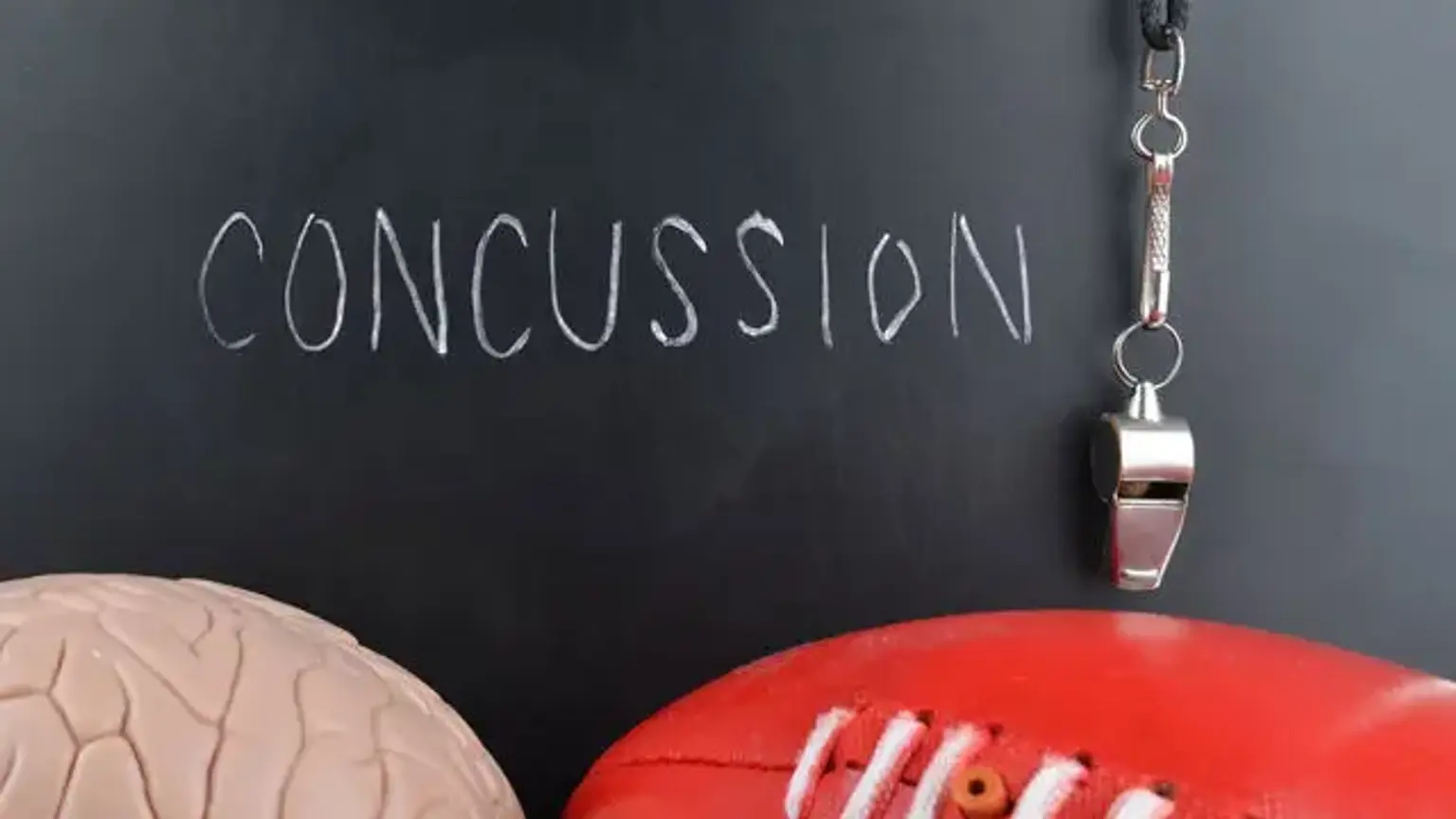Concussion
Overview
A "traumatically caused transitory disruption of brain function" is what a concussion is. TBIs (traumatic brain injuries) are a type of neurologic injury that includes concussions. Various degrees of traumatic brain injury exist, ranging from minor, temporary symptoms to prolonged periods of altered awareness.
Because the symptoms of a concussion are generally self-limited, the term mild traumatic brain injury (mTBI) is sometimes used interchangeably, even though concussions are technically a subgroup of mTBIs. The prognosis is typically favorable, and most patients receive complete symptom relief.
